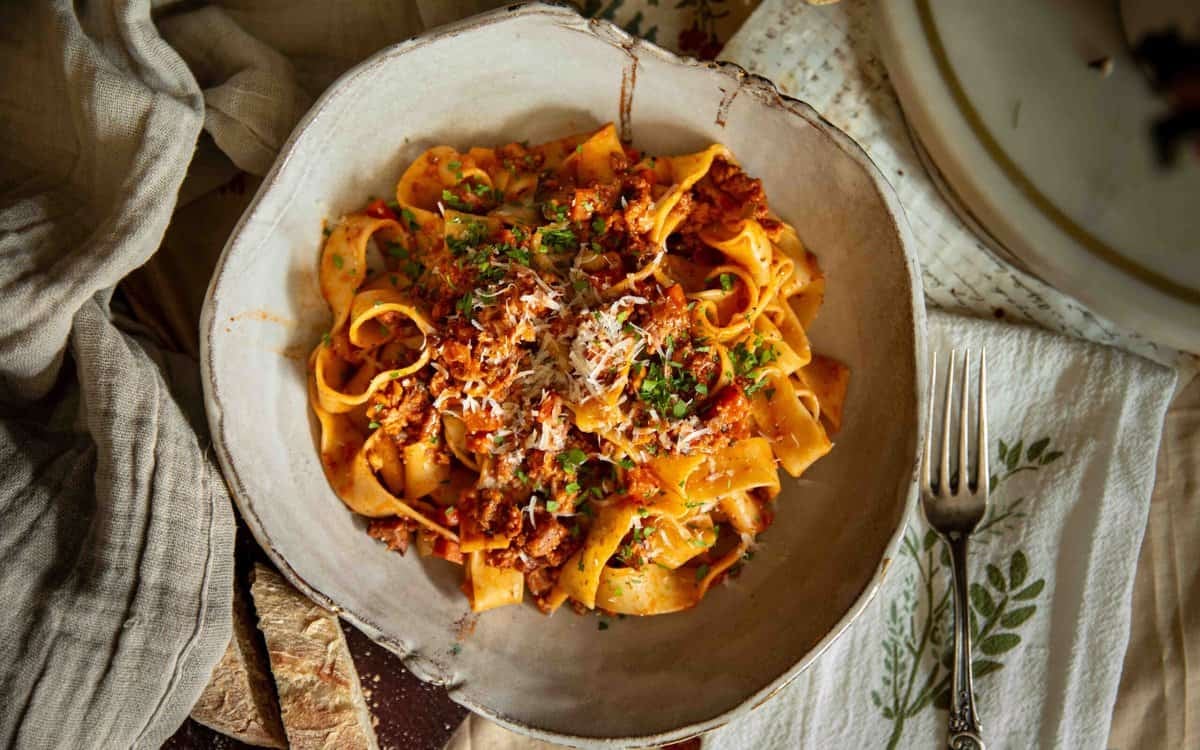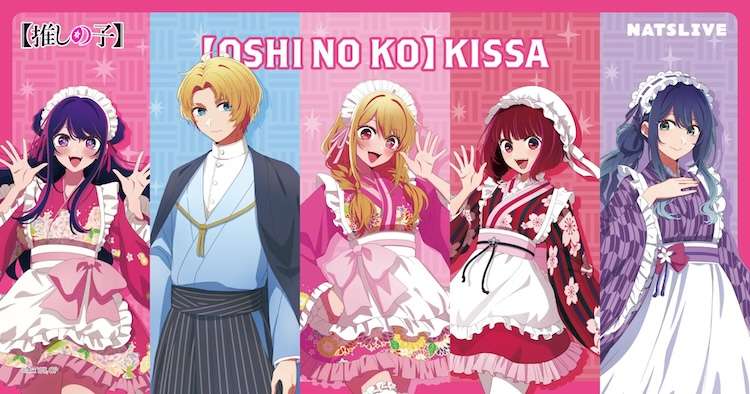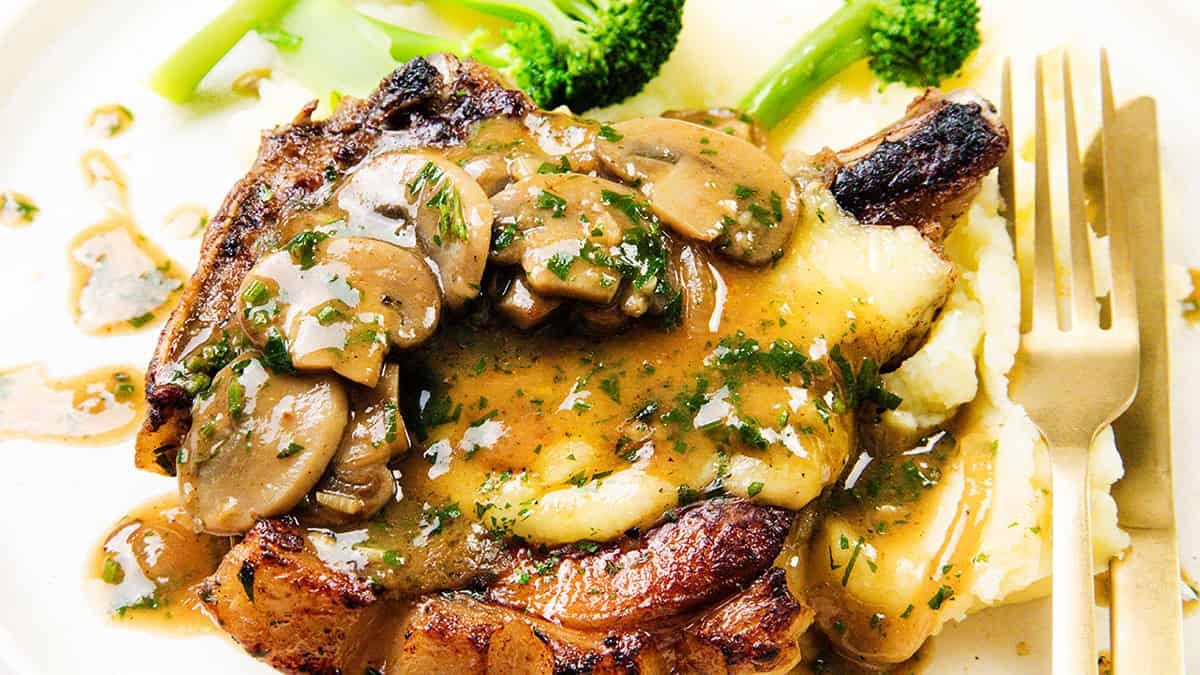 Beautiful architecture building of gyeongbokgung palace landmark of Seoul city in South Korea
Beautiful architecture building of gyeongbokgung palace landmark of Seoul city in South KoreaSeoul is not here to impress you.
It doesn’t need to. This is a city that went from dynasties to dictatorship to K-pop domination in the time it takes the average tourist to finish a bingsu. It’s fast, disorienting, and full of contradictions—and if you’re just here for Instagrammable corn dogs and some hanbok cosplay in front of Gyeongbokgung, you’re missing 95% of what makes Seoul, well… Seoul.
This Seoul travel guide doesn’t play nice. It tells the truth. We’ll drag the tourist traps, show you where the real Seoul is hiding, and help you avoid wasting your limited time and unlimited curiosity on things that were tired ten years ago.
First, Let’s Kill Some Myths
You’ve probably read Seoul travel guides or watched “parachute” influencer reels telling you to:
- Visit Myeongdong for street food (translation: overpriced snacks tourists eat once and regret)
- Explore Gangnam for K-culture vibes (more like overpriced coffee and Botox clinics)
- Wander Insadong for tradition (it’s now 50% Starbucks, 40% concrete, and 10% souvenir shops selling wooden penis bottle openers)
Look, those places had their moments. Now they’re mostly set pieces. If you’re into plastic-wrapped “culture” with a side of international franchises, go for it. Otherwise, let’s move on.
What Makes Seoul Actually Interesting?
Seoul isn’t beautiful in the postcard sense. It’s chaotic, layered, and unfiltered. You don’t visit Seoul. You survive it, get confused, get fed, get lost, and end up at a rooftop bar drinking grapefruit soju with a stranger you met two hours ago.
It’s a city that reveals itself slowly—not to tourists, but to the curious. You’ll walk past a concrete wall that looks like nothing, turn a corner, and boom—there’s a 600-year-old Buddhist temple sandwiched between a vape shop and a fried chicken joint.
You just have to know where to look.
The Real Seoul Starts in These Neighborhoods

🦾 Euljiro: Seoul’s industrial underbelly meets neon-soaked bar crawl. By day, it’s a printing and metal shop maze. By night, it’s a Blade Runner fever dream of hidden basement bars, vinyl cafés, and locals who don’t care if you’re cool.
🧑🎨 Ikseon-dong: The hanok village that hasn’t been completely ruined by influencers—yet. Think fusion bistros, tea houses in 100-year-old homes, and cocktail bars hiding behind sliding doors.
 Mangwon Market comes alive with vibrant food stalls and colorful goods—offering a glimpse into local flavors and culture on the Korean Chicken & Beer Tour
Mangwon Market comes alive with vibrant food stalls and colorful goods—offering a glimpse into local flavors and culture on the Korean Chicken & Beer Tour🍢 Mangwon Market: While tourists cram into Gwangjang Market for their “authentic experience” of waiting in line for 30 minutes to eat a bindaetteok, Mangwon is where real innovation happens. Street food 2.0. Actual locals. No pretense.
☕ Seongsu-dong: Former shoe district turned café and concept store mecca. Seoul’s answer to Brooklyn, minus the smugness. Stop by Daelim Changgo, sip a lavender latte in a warehouse, and wonder why you’re not living here.

🍁 Bukchon & Naksan (Before 9 AM): Yes, they’re popular. But go early, and it’s just you, the morning mist, and the creaky wooden bones of old Seoul.
The Seoul Vibe, Decoded
If you want to understand Seoul, stop looking at the surface. This is a city held together by invisible rules: Confucian hierarchy, K-drama-worthy appearances, and the constant fear of being judged. It’s a place where you’ll get side-eyed for blowing your nose in public, but no one bats an eye if you drink soju alone at 10 a.m.
And while the city presents itself as hyper-modern, the culture is still deeply traditional. Respect elders. Use two hands to give and receive. And never, ever sit in the subway’s pink “pregnant woman” seat unless you want grandma’s walking stick to make contact with your shin.
So When Should You Visit?
| Spring (Mar–May) | Cherry blossoms, café patios, street festivals | Yellow dust from China—bring a mask |
| Summer (Jun–Aug) | Beer gardens, late sunsets, sweaty nightlife | Humidity that could steam a dumpling |
| Fall (Sep–Nov) | Foliage, ideal hiking weather, harvest foods | Almost nothing—this is peak Seoul |
| Winter (Dec–Feb) | Holiday lights, hot snacks, quiet temples | Bone-chilling cold and frozen sidewalks |
Best time? Late October to early November. It’s Seoul’s runway season: red leaves, crisp air, and just enough chill to justify eating spicy tteokbokki twice a day.
What Kind of Seoul Trip Are You After?
Spoiler: There’s no one “right” way to do Seoul. But here’s a sneak peek of what’s coming next in this Seoul travel guide series:
- 🧳 First-timer? We’ll help you not look like one.
- 🍜 Foodie? You’re gonna need elastic pants.
- 🧍♀️ Solo female traveler? Seoul might be one of the safest cities on Earth.
- 💸 Budget traveler? We’ve got street eats and jjimjilbangs waiting.
- 🤳 K-pop pilgrim? Just… don’t faint in front of HYBE HQ.
Final Thought Before You Jump In
Forget the checklists. The real magic of Seoul happens in the in-between moments:
- That ajumma handing you free kimchi at a market.
- The awkward silence when a monk asks you what you believe.
- The second round of soju that turns strangers into friends.
Seoul isn’t a place you tour. It’s a place you decode. And we’re here to help you crack the system.
👉 Coming Up Next:
How to Survive Arrival in Seoul—the real deal on airports, SIM cards, subway hacks, and how not to cry trying to get from Incheon to your hotel.
[Stay tuned or jump ahead → Travel Logistics]











 English (US) ·
English (US) ·